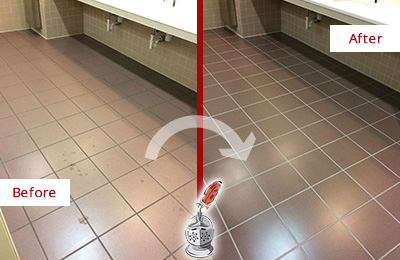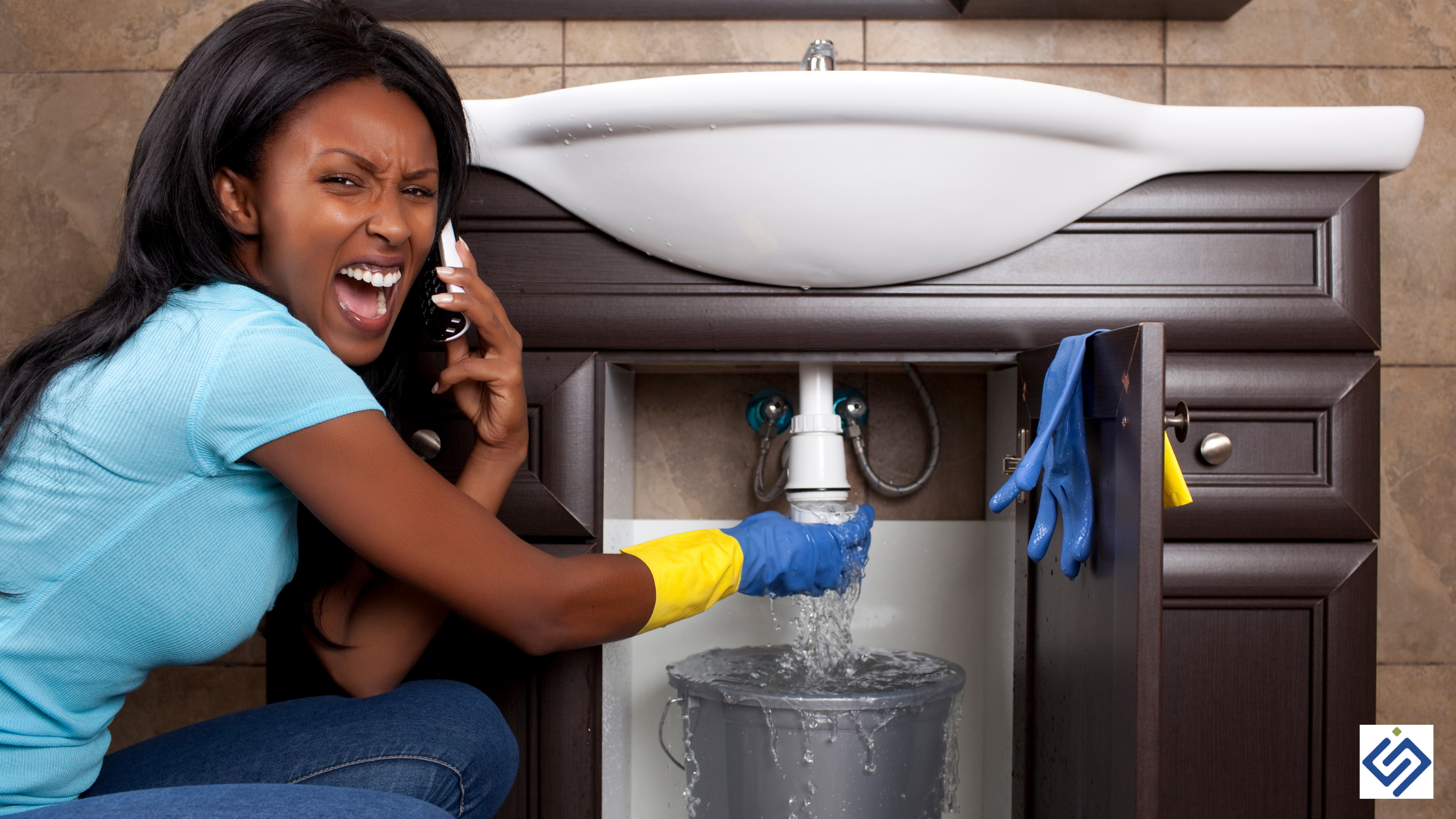Looking for Indicators of Water Damage in the Bathroom
Looking for Indicators of Water Damage in the Bathroom
Blog Article
The content following next in relation to Common Causes of Water Damage in a Bathroom is quite interesting. You should look it over.

The shower room is extremely prone for moist build-up and also prospective water damages due to the regular use of water in it. This short article supplies easy assessment techniques to assist identifying water damage dangers.
The frequent use of water in the washroom makes it incredibly prone for wet accumulation as well as possible water damage. By checking it consistently, you can reduce water associated problems.
The following set of assessments is very easy to perform as well as must be done as soon as in every three months in order to keep your shower room healthy and to avoid possible water problems caused by the tub, the shower, pipeline joints and also plumbing, sinks, closets, and the bathroom
Do not disregard executing these examinations and be comprehensive while doing them. Remember that these straightforward inspections can save you a lot of money by supplying very early signs for water damages
Sinks and also Cabinets
Sinks and cabinets are exposed to moisture and humidity everyday and are frequently neglected. Examine frequently under the sink as well as on the countertop above it. Repair any drip in the trap as it may suggest drain problems. Look around the sink, slow draining pipes might suggest a blocked drainpipe. Change sink seals if they are broken or loosened.
Tub as well as Shower
The shower and bath tub need special focus as well as maintenance. Examine the tiles and also change if broken. Make sure that there is no missing out on cement between the tiles. Inspect and also replace broken caulking at joints where the walls satisfy the flooring or the tub. Clogged drains pipes as well as pipelines issues will stop the bathtub from drying out as well as might suggest serious problems under the tub. Consult with a specialist promptly to prevent architectural damages. Pay attention to stainings or soft areas around the bathtub wall surfaces as they may indicate an inner leakage.
Plumbing
Signs for water damage are hard to identify considering that many pipes are mounted inside the walls.
Pay special focus to flooring and wall surfaces moisture and also spots as they may indicate an unseen plumbing issue. Inspect moisture degrees in adjacent rooms as well.
The Commode
The bathroom is a vulnerable water joint. Check the water lines and look for leakages around the bathroom seat, in the hose pipe, and under the water tank. If you identify any kind of indications of wetness on the floor around the commode, look for leakages in the toilet edge and also container seals.
Know that hanging bathroom bowl deodorants increases the chances for obstructions.
Water Damage Signs In The Bathroom To Avoid Cleanup
Musty smell
This is one of the easiest signs to catch because musty smells are so odorous. The damp, earthy, moldy smell should be a big red flag. The smell will develop when moisture gets trapped in surfaces, and begins to facilitate mold growth. Leaking pipes under cabinets, inside walls, and behind shower fixtures will cause moisture to stay trapped and not dry, which will lead to mold growth and spread. As soon as you notice any musty smells in your bathroom, have it checked for hidden water damage and cleanup signs.
Visible mold
If the smell isn’t there to give it away, sometimes you will actually see mold growth. Finding mold in your bathroom is a serious problem, because mold is very harmful to your health. By the time mold growth is visible, it also means that water damage has already occurred and been present for some time. The only way the mold problem can be resolved is to find the source of the moisture and get it stopped. To safely and adequately remove mold, you need to have professionals handle the remediation. Do not waste any time in getting mold problems addressed, fixed, and sanitized so that you can protect you and your family from the many respiratory symptoms caused by mold exposure.
Damaged floors
Bathroom floors should be able to withstand some exposure to water while still remaining in good condition. However, when excess exposure or water leaks occur, they will begin to damage even the most water-resistant flooring. If you notice any cracking, bubbling, staining, or warping on your bathroom floors, there is probably a water leak somewhere causing the distortion. If you notice areas of the floor have become softer, or even have a spongy feeling, there is probably damage to the subfloor. Subflooring is typically made up of plywood. When plywood is exposed to water or moisture, it will absorb it. Once it has become saturated, the weight of the excess water will cause the wood to swell and soften. Check the floors in your bathroom frequently to catch any of these sings before they lead to damaged subflooring.
Changes on walls
When water leaks behind walls, it will cause changes in the drywall. Peeling plaster, blistering paint, and soggy wallpaper are all good indicators that excess water is building up behind the wall. Water leaking behind drywall will cause it to swell and be soft to the tough. If you start to notice gaps along the trim of your walls, or where tile meets the wall, it could also be a strong indicator that there is a leak behind the wall. Any changes, distortion, or damage on the walls should be evaluated as soon as you notice it to prevent further water damage and cleanup.

I hope you enjoyed our part on How to Prevent Bathroom Water Damage. Thanks for spending some time to read through our article post. Feel free to take the time to distribute this blog post if you appreciated it. Thanks so much for going through it.
Click For More Info Report this page